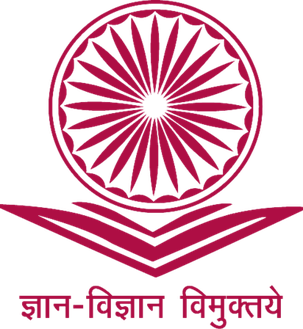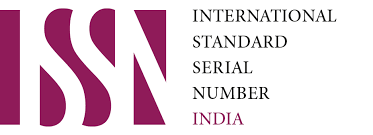"Socio-Economic Profile of NRHM Beneficiaries: A Sociological Study of Rural Haryana"
DOI:
https://doi.org/10.8476/sampreshan.v17i2.209Abstract
The survey was conducted in rural areas of Haryana and collected data on various socio-economic indicators such as caste, religion, gender, occupation, education, income, livestock ownership, housing type, and awareness of good ventilation and toilet facilities among NRHM beneficiaries. Exploratory and descriptive research design methods were used in the present study, selecting 528 respondents through a Multi-Stage Stratified Random Sampling Method. The majority of the sampled population were from Scheduled Castes, followed by Other Backward Classes and the General Caste. Most respondents were Hindus, and there were more male respondents than female. Most respondents earned their income through labour and cultivation, while a significant portion was involved in household activities as housewives. The majority of the respondents did not own agricultural land. Illiteracy and primary education were common among respondents, indicating a lack of access to education. The majority of respondents lived in pucca or semi-pucca houses, and most earned an annual income of less than Rs. 50,000. Most respondents did not own any livestock, and the highest-earning respondents had a postgraduate degree. Education was found to be an important factor in determining an individual's income level and awareness of good ventilation and toilet facilities.



